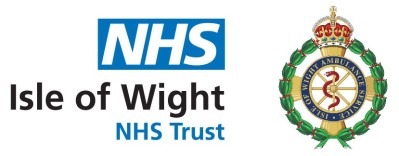Health surveillance is never an alternative to the proper control of exposure. It is not the same as health screening or health promotion.
Find out more: Health surveillance and occupational health - HSE website.
To discuss, or set up a suitable health surveillance program for your team or company, please contact: iownt.
A member of our dedicated team will respond to you as soon as possible to discuss your needs and requirements fully.
The COSHH Regulations (2002) require that health surveillance is undertaken on employees who are exposed, or liable to be exposed, to certain substances that may cause harm to their health. These may be chemical, physical or biological hazards and will be indicated by your risk assessment.
Spirometry
Spirometry is the most common form of measuring lung function. It is an important tool that is used in health surveillance to monitor and assess employees who work with substances that can cause occupational lung disease. Lung function testing is compliant with health surveillance requirements as laid down by the COSHH Regulations (Control of Substances Hazardous to Health) Regulations 2002 for substances identified as respiratory sensitisers.
There are a number of trade specific respiratory sensitisers, all of which can cause occupational lung disease, chronic obstructive pulmonary disease (COPD) or occupational asthma. This is not a complete list and reference should be made to COSHH Regulations. Normally health surveillance requirement, specifically lung function/spirometry, is indicated in work activities which involve:
- Isocyanates
- Vehicle spray paint
- Soldering
- Wood work
- Laboratory animal work
- Bakers
- Welding
- Paints, adhesives, resins
- Engineering
- Cleaning
- Motor Repair
- Printing
- Asbestos
- Silica dust
Occupational asthma is an important health problem with serious implications for both affected individuals and employers. Prevention depends on reducing the risk from exposure to substances known to cause occupational asthma, the early recognition of individual cases and previously unsuspected causative agents. The employer’s COSHH assessment should identify the presence of substances known to cause asthma in the workplace, the risks to health, the measures to prevent or control exposure and processes for health surveillance.
Skin
Are your employees at risk of skin disease when at work?
Jobs where workers’ hands are frequently wet or exposed to specific dusts, chemicals or latex gloves can result in contact or allergic skin reactions. These conditions can become chronic and disabling if appropriate advice, investigation and, in some instances, treatment isn’t given.
Many employees are at risk of skin disease in their everyday jobs. Some skin problems such as dermatitis may be reportable to the Health and Safety Executive (HSE), under the Reporting of Injuries, Diseases and Dangerous Occurrences Regulations 1995 (RIDDOR), if work is identified to be the cause.
If one of your employees develops a serious work-related skin disease, it could affect their ability to work and, in the worst cases, they may have to stop work altogether. If this happens, you could be at risk of litigation or prosecution. We can help you manage this risk.
Relevant legislation:
-
COSHH Regulations 2002
-
The Management of Health and Safety at Work Regulations 1999



